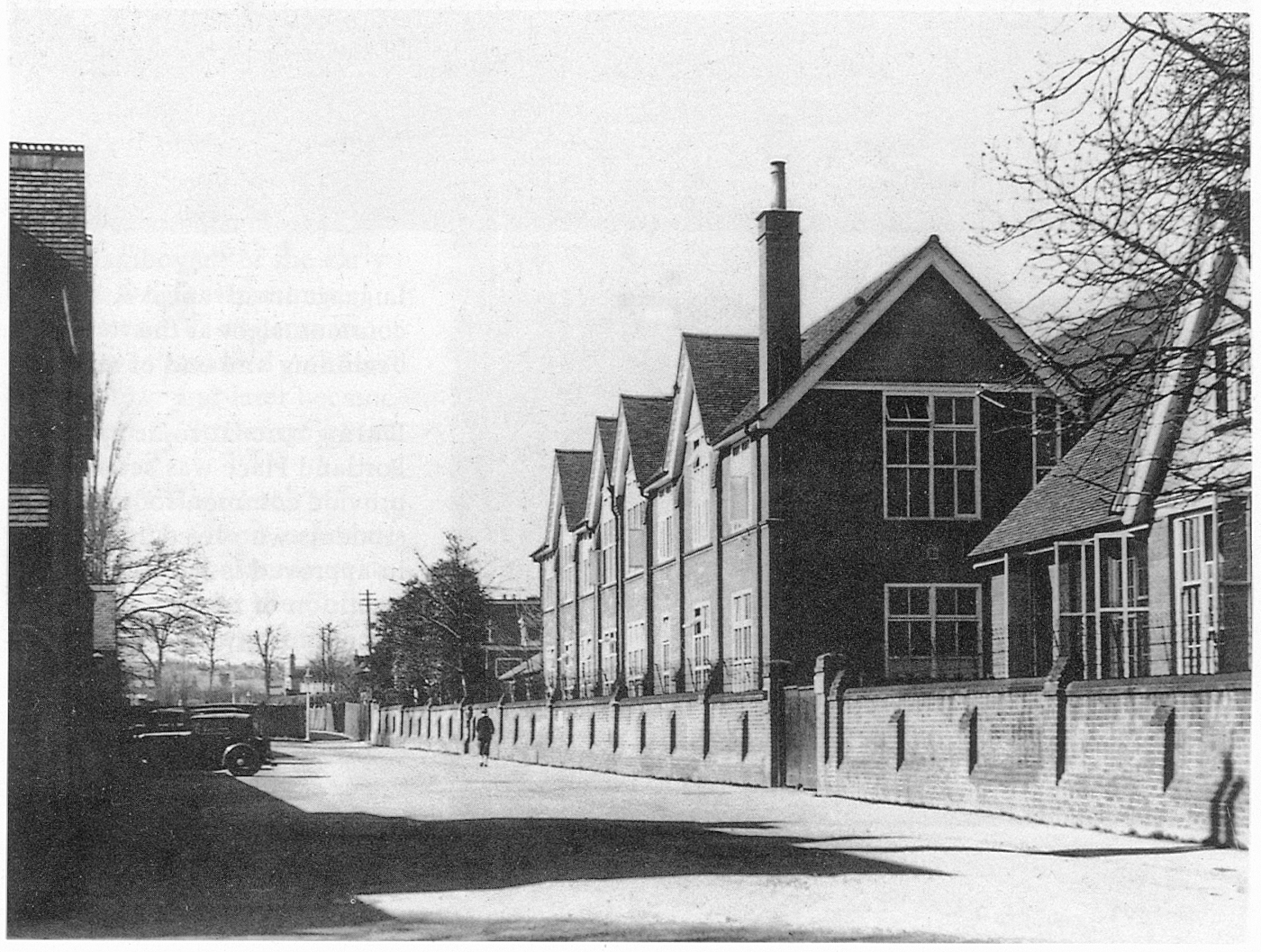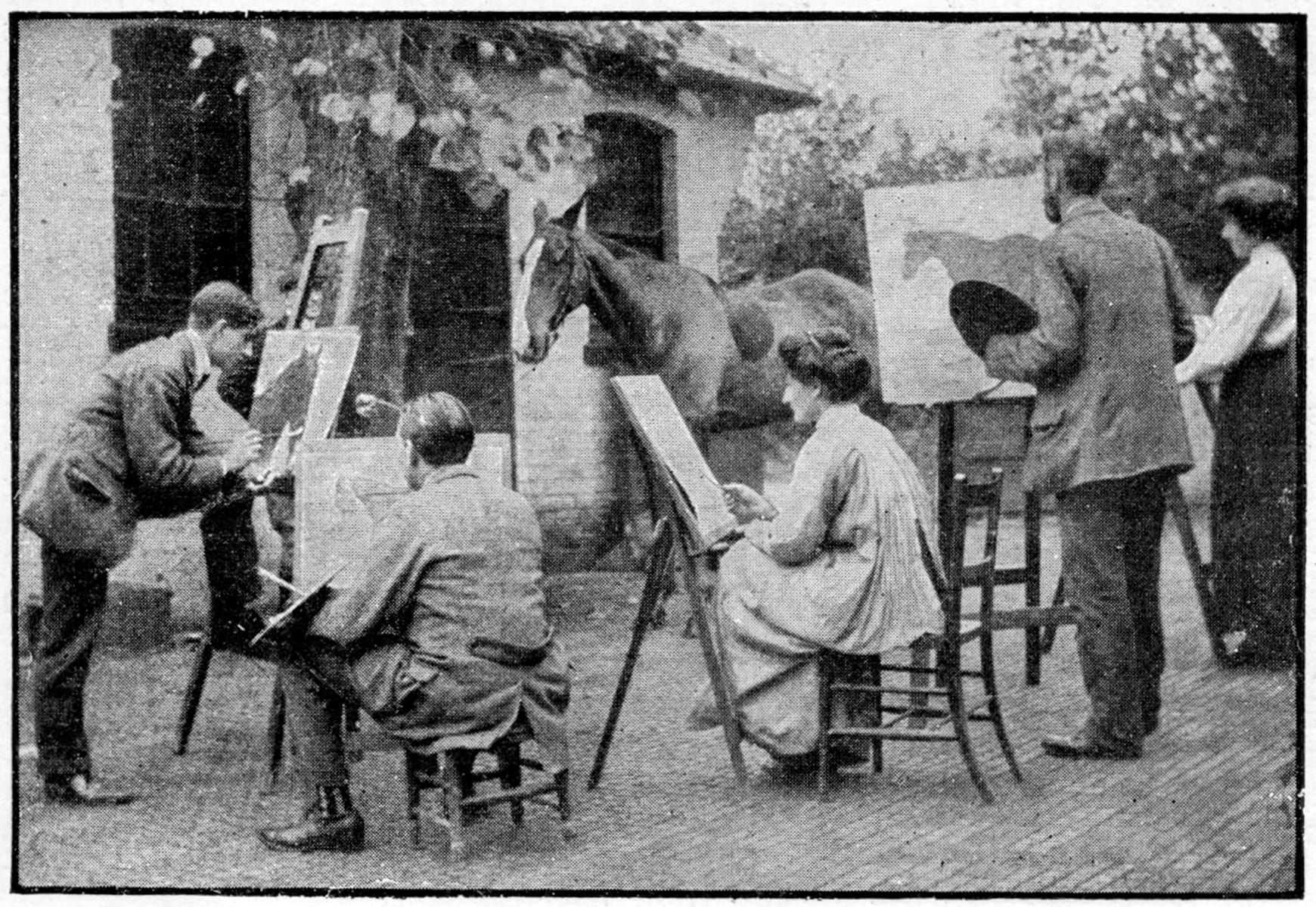THIS POST IS CURRENTLY BEING UPDATED IN THE LIGHT OF FURTHER INFORMATION ABOUT EVELINE’S QUALIFICATIONS

In December 1906, the driver of the 9:10pm train from Basingstoke to Reading noticed a sudden jerk as it passed under the Bath Road bridge where Berkeley Avenue now emerges onto the main road. Thomas Gauntlett, the Great Western driver thought little of it until he found blood and clothing under the tender on arriving at Reading Station.
A ticket collector was sent to investigate, and the body of a woman was found beneath the bridge. It was positioned in way that suggested she had lain across the rails. The deceased was identified as Eveline Marie Dowsett whose disappearance the same evening had already been notified to the police.
An article in The Berkshire Chronicle stated that she was a BA of Oxford who had taught at Reading High School and ‘Reading University College’ (see Note).
The Inquest
The Chronicle dwelt in detail on Eveline’s mental state. She had been distressed over the death of her sister Alice the previous March and had spent some time in an institution in Bath, although she had never been certified insane. On her return to Reading she had seemed much improved, but the family had been warned of suicidal tendencies.
Apparently, Eveline had also been deeply troubled by her lack of religious faith and this was reported by The Berkshire Chronicle as her being ‘A Victim of Religious Mania.’
Ellen Perkins, Eveline’s half-sister, quoted her as saying that she had wasted her life and blamed her disturbed condition on intensive study for examinations:
‘Nellie, I have not got the steady head you have; my head is rocky. I ought never to have gone in for these examinations; they have done all the harm. My brain is so excited; I shall never be right again.’ (The Berkshire Chronicle, 11 December 1906).
The Coroner recorded a verdict of suicide.
How much about her Life can be verified?
Eveline was born in Brighton in 1872, but the 1881 census shows the Dowsett Family at ‘London Road Hatherley, Reading St Giles.’ By 1891 when Eveline was 9 they had relocated to 160 Castle Hill. Other members of the household were her father Arthur, a brewer, her younger sister Alice, their sister-in-law Ellen Perkins, as well as a cook and a footman.
The family was still living on Castle Hill during the 1901 census, but Eveline’s record card from University College, Reading shows her last known address to be Wellington House in King’s Road.
Reading High School
The Chronicle referred to Eveline teaching at Reading High School. Between 1887 and 1913, this was the name of today’s Abbey School on Kendrick Road. There is no record, however, of Eveline having taught there, although it can’t be ruled out.
On the other hand, a Register of Old Girls in the school’s museum does list both Eveline and her younger sister Alice as pupils. The entry mentions an Oxford course in History as well as Reading’s University Extension College:


I have found no record of her employment as a schoolteacher anywhere else, but the census return for 1891 reveal Eveline’s occupation as Student Teacher. It seems that she had already embarked on a long academic journey that took in her BA in 1895, a year’s tutoring at the University Extension College from 1897-98, and the Associateship of University College, Reading in 1902.
The BA from Oxford
Eveline passed her BA Honours in 1895 with a Class II degree in Modern History. According to the regulations at the time, ‘modern’ covered the period from the accession of Henry II and the death of Queen Anne.
Records of Eveline’s achievement can be found in the Annual Report of the Oxford Delegacy’s Examination for Women (see image below) as well as a handwritten entry in the Pass and Honours Register for Women.

It can be seen from the image above that Eveline is the only student whose affiliation is the University Extension College, Reading. All the others, apart from one Home Student, are attached to one of the three women’s colleges. This means that Eveline had received all her teaching at Reading although, according to the Oxford Delegacy’s regulations published in the Annual Reports for 1887-1900, she would have travelled to Oxford for the final degree examinations.



Results of preliminary certificate examinations held at Reading show that Eveline demonstrated signs of being an outstanding scholar from the very beginning. The table below lists the early distinctions and prizes for History courses.

Eveline’s achievement was celebrated in Reading’s Calendar (1995-6) the College Journal and the annual report of the Literary and Normal Department where it was hailed as:
‘The most conspicuous success obtained in this Department during the past session… Of the 190 students who were included in the list Miss Dowsett alone was not trained at Oxford.’ (Proceedings, 1894-95, p. 9)
It was extremely rare for a female student at Reading to be mentioned in the records of the Oxford Delegacy. I searched the reports from 1892, when University College, Reading was founded, to 1911 and found only two other examination passes for women: in 1901 Lilian M. Gunter passed Responsions (a preliminary examination unique to Oxford) in ‘Stated Subjects’; and in 1910 Evelyn A. Sharp passed the Preliminary Examination for Students of Music.
Teaching at the College
The Chronicle’s mention of Eveline’s teaching at the University Extension College can be confirmed. She did so during the academic year 1897-98. The College Calendar for that year (see below) shows that she had been allocated to the History Department under the guidance of W. M. Childs. Her job description was ‘Assistant for Normal Classes’, in other words, training or educating teachers – from 1893-95 the Education section had been known as The Normal Department, a common label at the time for teacher training institutions.

Education was not yet such a key part of the College’s business as it would become in 1899 when the Board of Education recognised it as a Day Training College. Nevertheless, staff were already contributing to courses for Uncertified Assistant Teachers and Pupil Teachers. And it was to contribute to the latter that Eveline had been appointed. She taught Arithmetic, English and Reading to first- and second-years.

Associateship from Reading College
In 1898 the University Extension College was renamed Reading College, and the Gazette for May 1902 (see image below) shows that Eveline Dowsett had been awarded the ‘Diploma of Associateship in Letters’. Her record card reveals this to have been a Distinction.
According to the regulations for the period, this meant that Eveline would have:
-
-
- passed a Preliminary Examination in English, Arithmetic and two other subjects;
- attended full courses in 4 subjects for at least 2 sessions, satisfying examiners appointed by the Oxford University Extension Delegacy at the end of each year.
-

According to a blog published by the Bodleian Libraries, the Associate Diploma at Reading was particularly popular with students wanting to become teachers because the examinations were accepted by the Government’s Board of Education as equivalent to teacher training exams. I think we can assume, therefore that the Associateship was Eveline’s vehicle for obtaining a teaching qualification.
I probably haven’t been able to track down all the relevant documents, but an entry in Reading College’s annual report for 1899-1900 states that she had passed the Board of Education’s Certificate Examination with ‘Division I for Part I and Part II’ and ‘Drawing with Chalk upon the Blackboard: First Class.’ In the Associate Examinations she obtained a Distinction in Modern History and a Pass in French.
Oxford University’s archives hold mark sheets and examiners’ reports for Reading College, and a mark sheet for History of June 1900 has Eveline with the top mark of 80% in the Distinction category:

Her result for French Language and Literature was not of the same standard, although she did pass comfortably:

As far as I can tell, this combination of History and French together with her Board of Education Examinations and practical teaching experience would have qualified her as a teacher. However, I have been unable to find evidence of a teaching career other than the unconfirmed suggestion in the Berkshire Chronicle that she taught at Reading High School.
Postscript
I haven’t found the location of Eveline’s grave, nor any obituary. The Berkshire Chronicle’s assertion that, ‘by all who knew her she was held in the highest esteem.‘ is a poor substitute.
In the absence of any formal tribute, I’ll finish this post by attaching the following celebration of her academic success that appeared in the college Journal in 1895:

The awareness that her studies may have contributed to her eventual mental breakdown and suicide make this tragic affair all the more poignant.
Note
The names of the college that became the University of Reading in 1926 can be confusing: Reading’s University Extension College was founded in 1892; it became Reading College in 1898 and University College, Reading in 1902.
Thanks to
Dr Rhianedd Smith (Director of Academic Learning and Engagement, University Museums and Special Collections Services) for identifying this topic and passing on census material and the newspaper article.
The Abbey School for providing information about Eveline and her sister Alice from its records and for giving permission to reproduce it here.
Catherine McIlwaine (Archivist at the Bodleian Library, Oxford) for permission to reproduce images, making sources available and checking the accuracy of the post.
Sharon Maxwell (Archivist, University of Reading Special Collections) for advice and access to Eveline’s record card.
Georgie Moore, University of Reading Collections Officer, for information about women’s colleges and the history of women students at Oxford.
Sources
Childs, W. M. (1933). Making a university: an account of the university movement at Reading. London: J. M. Dent & Sons Ltd.
Hylton, R. (2007). A history of Reading. Chichester: Phillimore.
Lady B.A’s Suicide. (1906, December 11). The Berkshire Chronicle.
Reading College. Calendar, 1900-01, 1895-96.
Reading College. Official Gazette, No. 7, Vol. I. May 31st, 1902.
Reading College. Report of the Academic Board, 1899-1900.
University Extension College, Reading. Calendar, 1897-8.
University Extension College, Reading. Journal. No.1 October, 1895. Vol. II.
University Extension College, Reading. Annual Reports, 1892-93, 1893-94, 1894-95.
University of Oxford Delegacy of Local Examinations. Nineteenth Annual Report on the Oxford University Examination for Women for the Year 1895. Oxford Clarendon Press. (OUA LE 110/2 & 3).
University of Oxford. Examinations for Women Pass & Honours Register, Local Examinations Deligacy, 1888-1902. (OUA LE 101).
University of Oxford. Lecturers’ and Examiners’ Reports, 1899-1900. Continuing Education Series. (OUA CE 3/28/28)
University of Reading Special Collections. Student Record Card and Associate Record Card for Dowsett, Eveline, Marie.















































